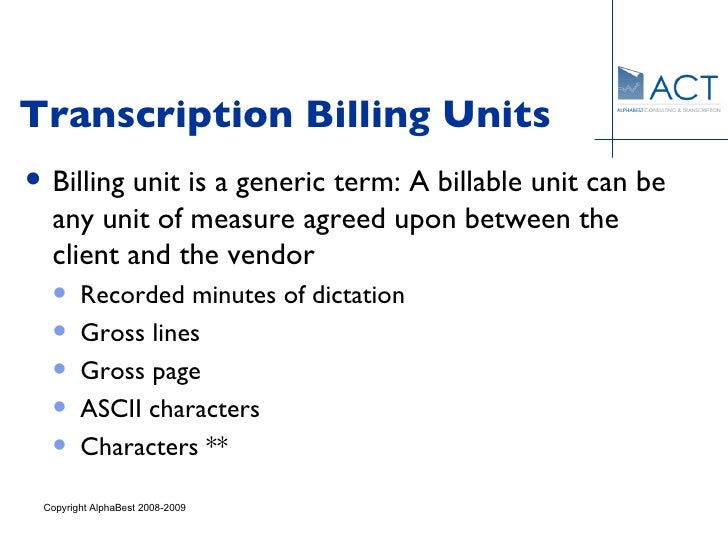
Copy & Printer Services; Berklee Online. As Bill Evans once said of the importance of technique in music: 'It should only be the funnel through which your. Free PDF Printer - Print to PDF with doPDF. Trio - Volume 1 (1959-1961): Featuring Transcriptions of Bill Evans (Piano), Scott Lafaro (Bass) and Paul.
Skaggs, Dave Shelton, and Danny Cecil Most public school students are introduced to jazz via their middle or high school’s jazz ensemble. However, even well-trained classical pianists often struggle with the challenges of understanding the jazz pianist’s role in an ensemble. While nothing will ever replace hours spent listening to jazz as a means to learn the language, the basic concepts below can serve as an initial guide for the beginning student or music teacher. NOTATION Pianists typically encounter three types of notation, as follows: Fully realized Fully realized ◦ With inexperienced students and/or an inexperienced director, piano parts that include both voicings and rhythms are helpful. When purchasing new literature for your jazz ensemble or combo, inspect the rhythm section parts (piano, bass, drums and sometimes guitar) for this level of detail. As the students gain experience, this becomes less important. Suggested voicing Suggested voicing ◦ Parts such as these are a compromise between fully realized and professional piano parts.
It is up to the performer to make rhythmic choices. Generally speaking, the rhythms should be syncopated, and notes played on the last 8th note of the measure should anticipate the chord that follows. One exercise for young comping musicians is to play on the “and” of a particular beat throughout. Chord symbols only Chord symbols only ◦ Professional-level piano parts are notated with only the most necessary information. The performer makes rhythmic and harmonic choices based on what they hear. Only sections that require exact rendition, such as a melodic line or tutti rhythm, are notated in detail. Driver Hp Vivera Inks Windows 7 more. If an experienced pianist encounters a part such as this, it is appropriate for the student or director to flush out the part by writing in specific voicings.
VOICING In general, jazz guitar and piano voicings omit the root, which will be played or implied by the bassist. The most important notes are the 3rd and the 7th, if applicable, and pitches are generally not doubled within the voicing. Except for half-step “dissonances” (see example), the pitches are usually evenly spaced throughout the chord, whether the density is closed (within an octave) or open (spread apart).
VOICING Similar to basic counterpoint, basic jazz voicings sound smoothest when pitches are kept in common between successive chords and move as little as possible when they must change. Pianists usually voice chords within the two octaves surrounding middle C.
As with any rules of or theories about music, these suggestions can be and often are ignored. Nevertheless, these remain good guidelines for beginning players. Most jazz harmonic progressions are based on quartal root movement, which produces the most common of chord progressions: the ii7-V7-I. Examples of basic voicings are as follows: Shell voicings (3rd/7th only): 3-note voicings: 4-note voicings: 4-note voicings introduce half-step “dissonances” into the chords.
These seemingly dissonant notes are actually consonant chord extensions. Students should practice these routines slowly and methodically at first while saying the names of the chords aloud. Each of the above should be practiced in all inversions. The chord progression used in the previous example may be practiced along with the first track of Aebersold’s Play-A-Long Vol. 3, “The ii-V7-I Progression.” Quartal and diminished voicings: PERFORMANCE SUGGESTIONS The volume of the piano cannot compete with the other instruments, and it is best that the pianist tacet for much of the composed section of jazz band arrangements.
The piano becomes most important during solo sections, when it “comps” (“accompanies”) for the soloists and may also solo. While some arrangements are orchestrated such that the piano does play a significant role throughout, most of the material included in piano parts is unnecessary and might even obfuscate the more important parts.
While there are examples of guitarists and pianists successfully comping for a soloist simultaneously, this requires great musical sensitivity from both musicians. A general rule for young rhythm section musicians is that only one instrument should comp at a time.
If your jazz ensemble includes a guitarist, instruct the pianist and guitarist to take turns comping for alternating solos. When comping, the pianist or guitarist should not play too much. The goal of comping is to reinforce what the soloist is playing and to make the soloist feel comfortable, either by reacting to what is being played or by being a subtle part of the rhythm section’s texture. Hpc Server 2008 Cracker. It is vital that the accompanist listen to the soloist always and creatively find ways to make the soloist sound as good as possible.